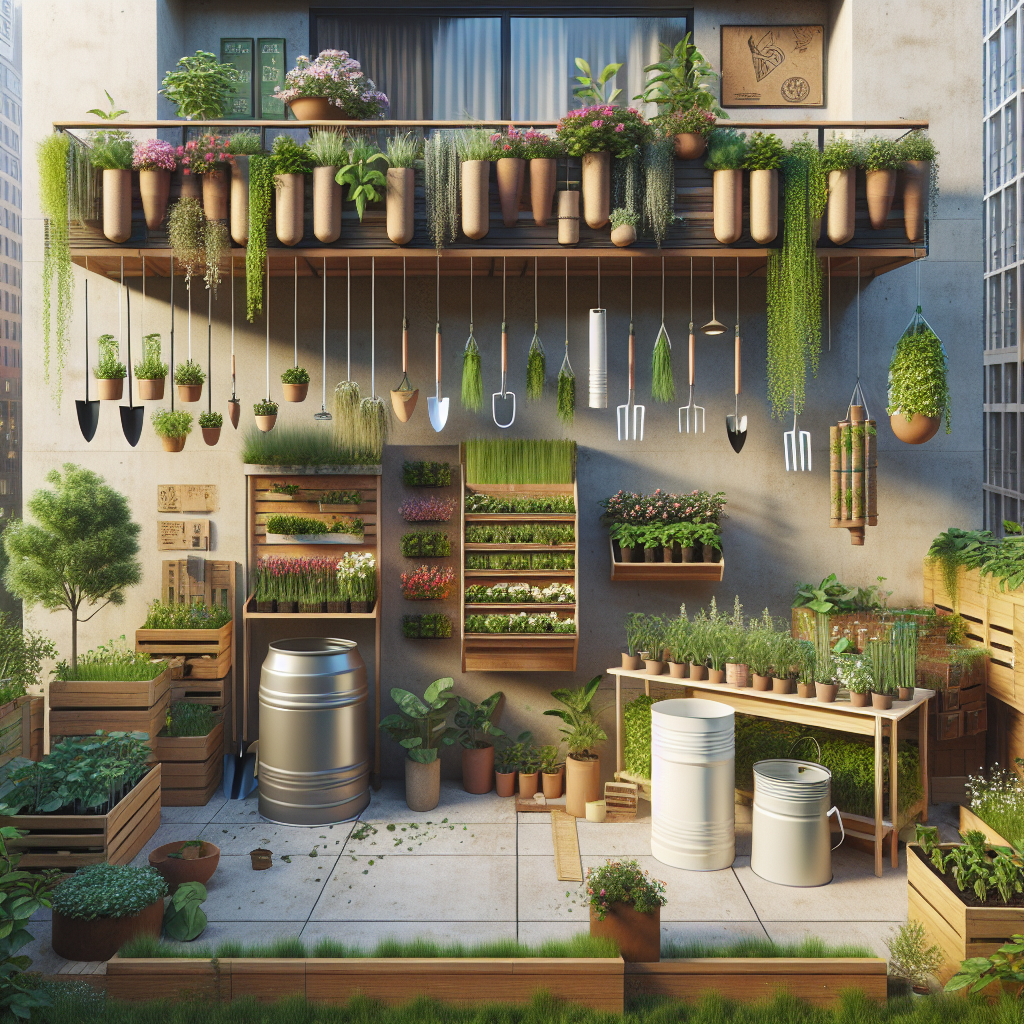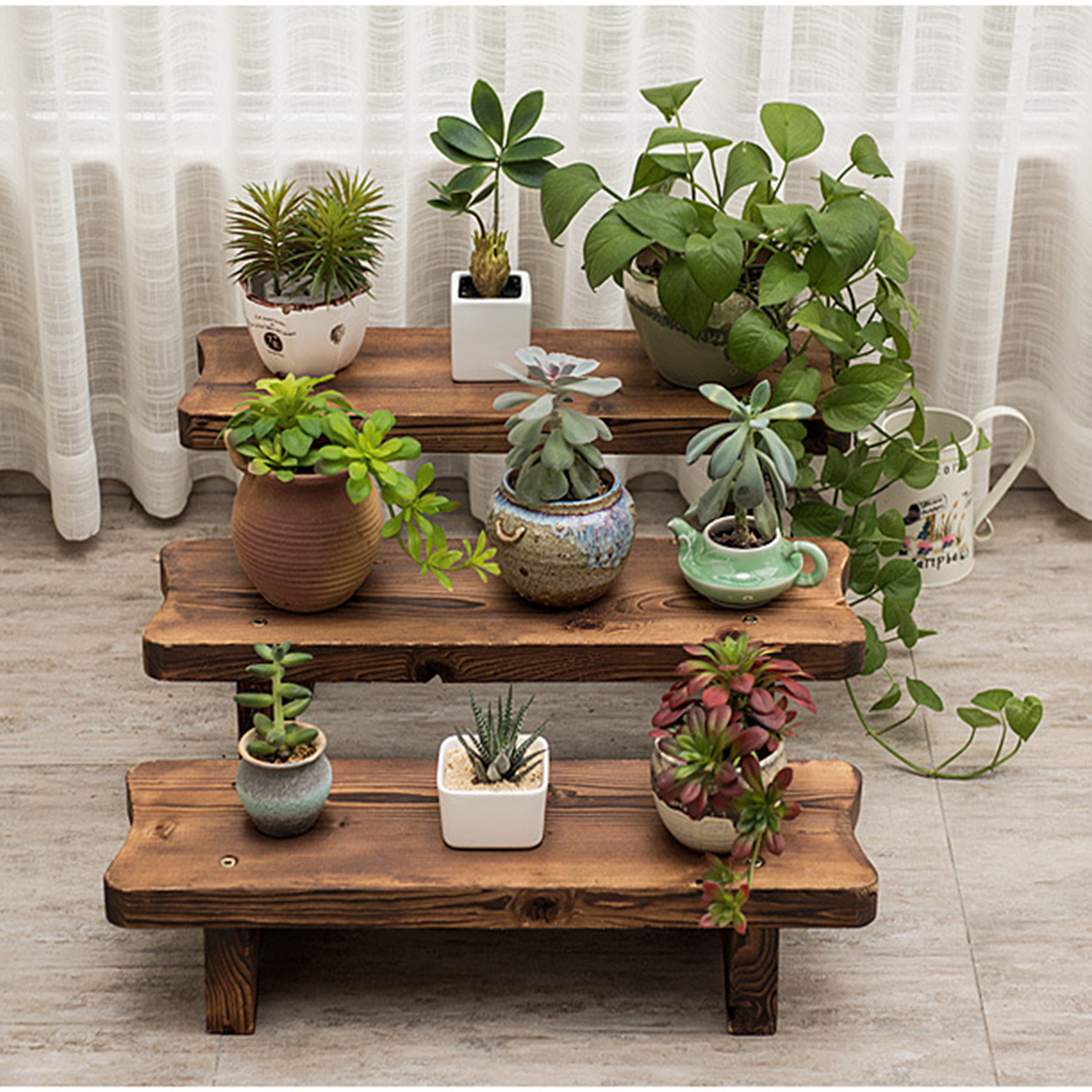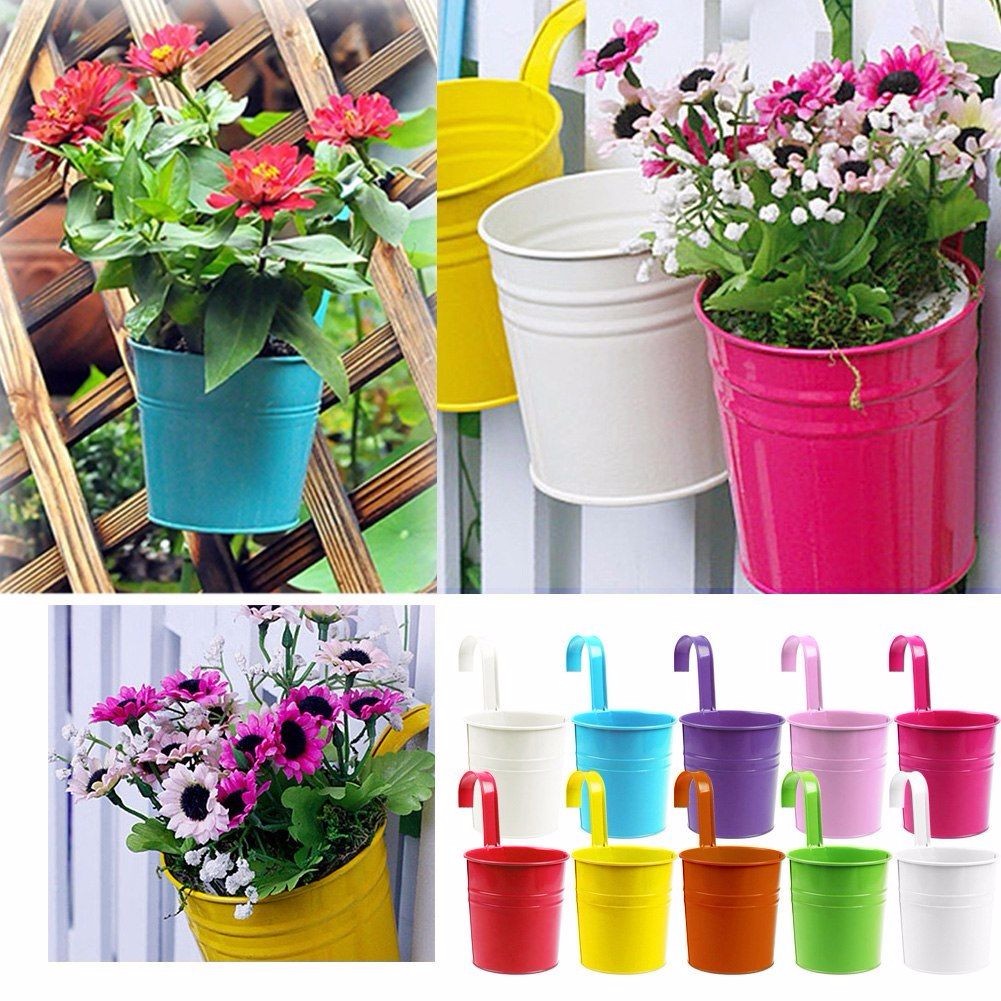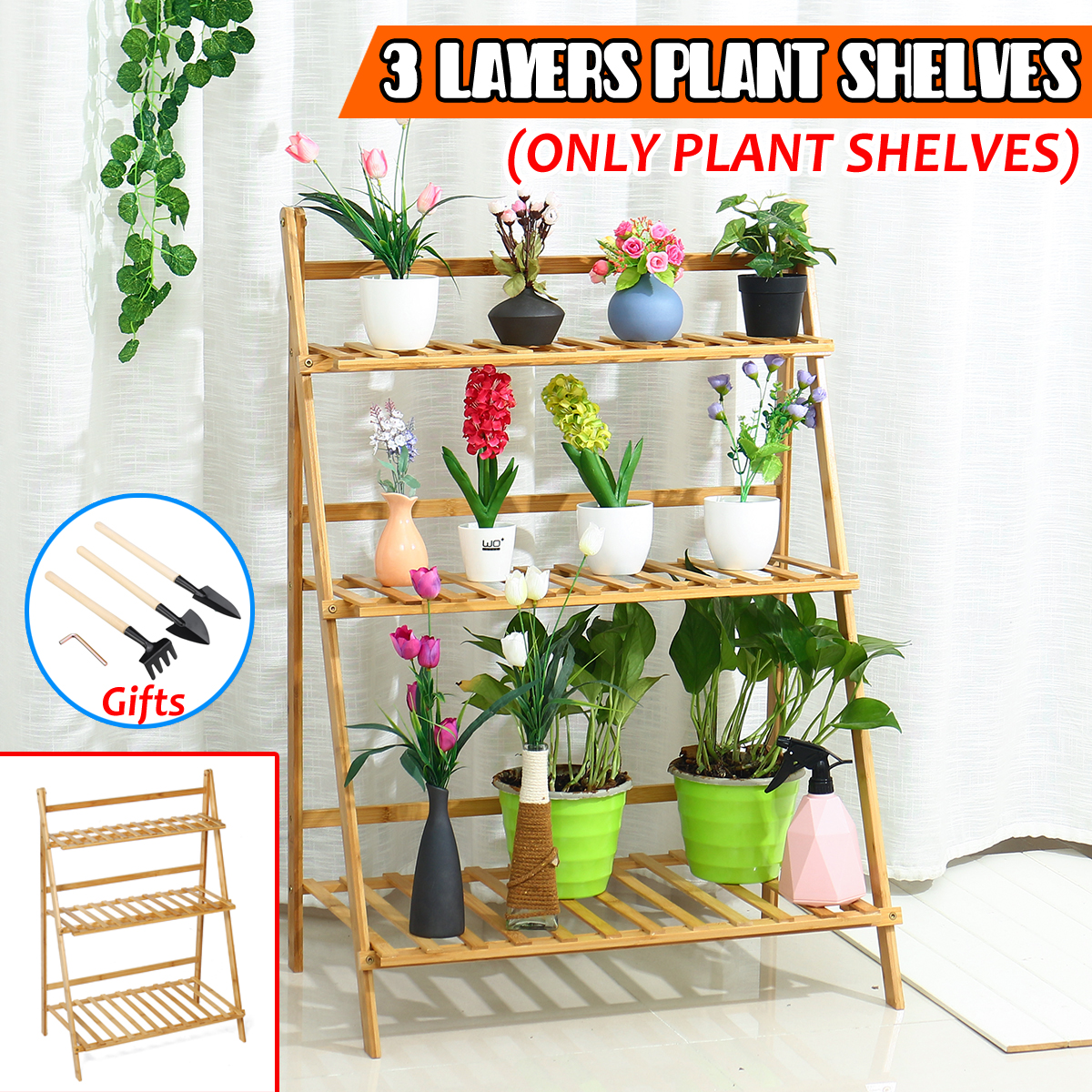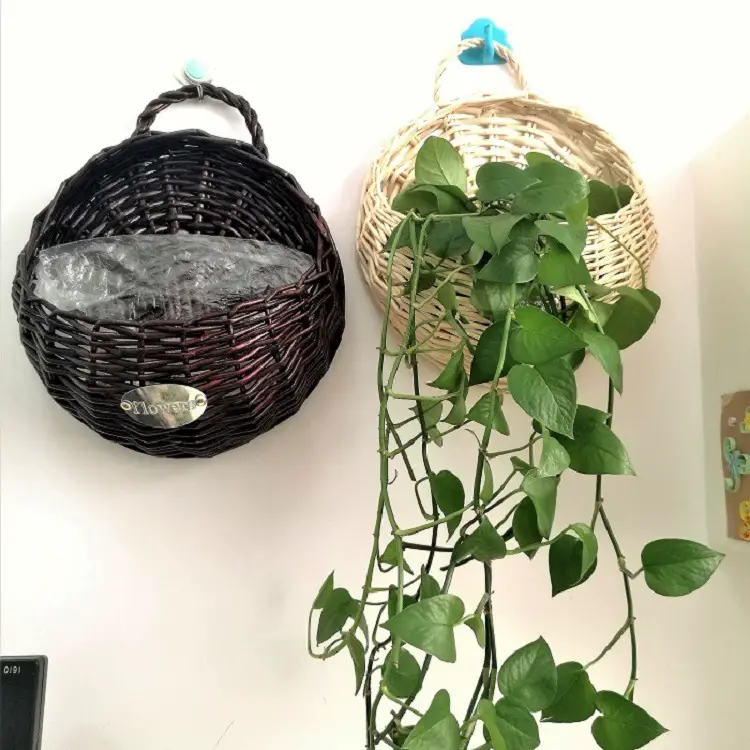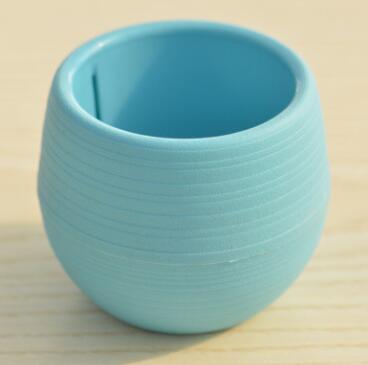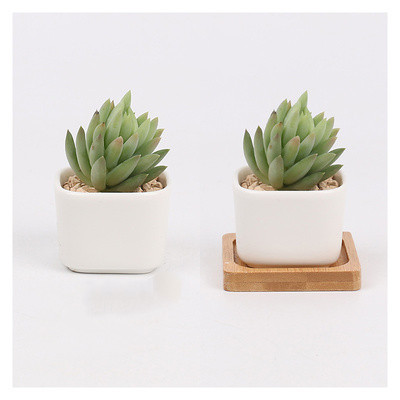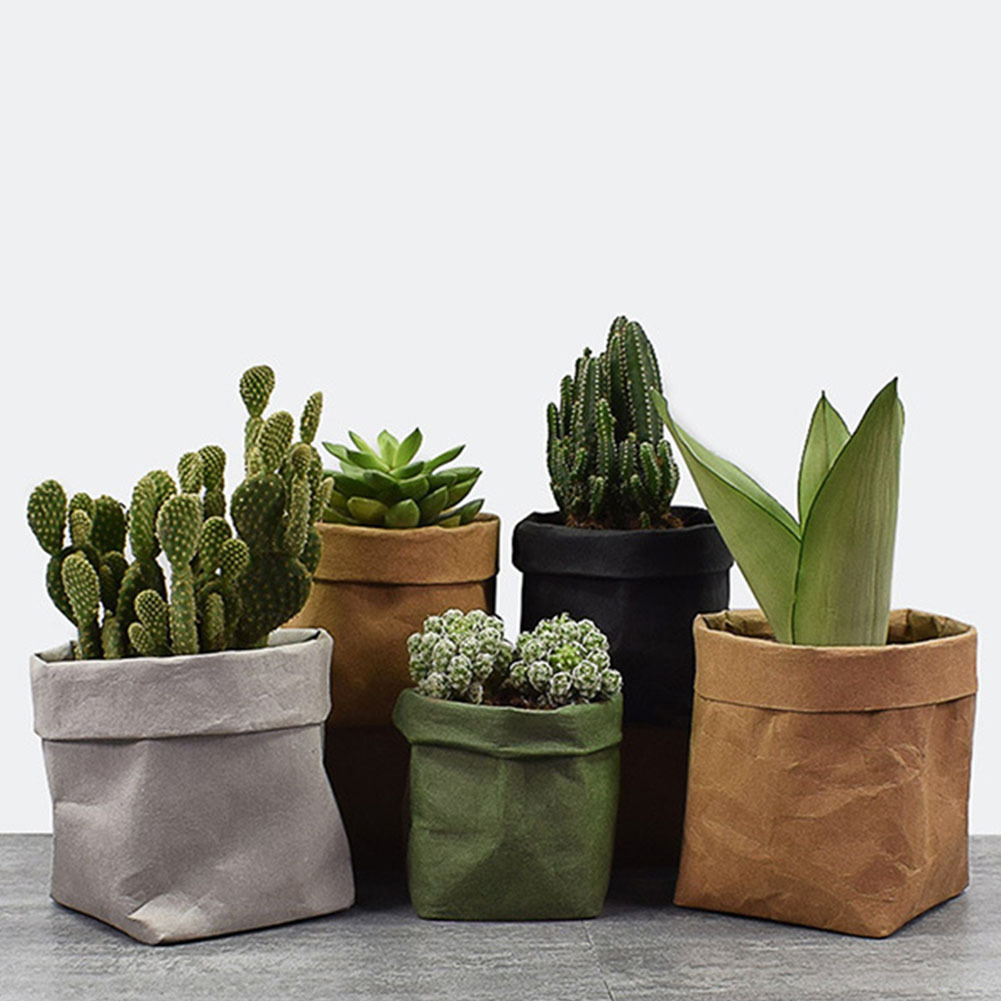Sustainable Practices in Small Space Gardening
As urbanization continues to rise, our living spaces are shrinking, leading to the popularization of small space gardening. This trend emphasizes not just the aesthetic value of greenery but also profound sustainability practices. Small space gardening is the perfect amalgamation of nature’s charm and eco-friendly practices, allowing even those in the tiniest apartments (with limited access to natural gardens) to partake in the environmental movement. In this comprehensive guide, we delve deep into sustainable practices for small space gardening, with particular attention to the art of mixed container planting and maintaining healthy plants through innovative watering systems.
Understanding Small Space Gardening
The first step in optimizing any small space for gardening involves understanding the constraints and opportunities your space presents. Whether you have a balcony, windowsill, or small backyard, each type of space offers unique potential for a thriving mini-garden. Small space gardening can be a rewarding endeavor not only aesthetically but environmentally, contributing to urban biodiversity while providing a calming green oasis in concrete jungles.
Embracing Sustainability in Small Spaces
Adopting sustainable practices in your gardening involves minimizing resource use while maximizing output and plant health. Here are some overarching principles to keep in mind:
-
Choose Native and Edible Plants: To maintain a sustainable garden, consider using native plant species because they require less maintenance and are more resilient to local pests and diseases. Incorporating edible plants, like herbs and vegetables, helps reduce food miles and offers fresh produce.
-
Recycling and Upcycling Containers: Use old containers and materials to create plant pots. Upcycling reduces waste and adds a unique touch to your garden decor.
-
Companion Planting and Biodiversity: Mix different plants that benefit each other when grown together rather than sticking to monocultures.
-
Efficient Use of Water: Utilize water-efficient methods like drip irrigation or rainwater harvesting to reduce water waste.
-
Natural Pest Control: Employ environmentally friendly methods like natural predators or plant-based deterrents to manage pests.
With these principles in mind, let’s explore some specific practices in more detail, starting with the fascinating world of mixed container planting.
Vibrant Onions & Ferns: The Ultimate Guide to Mixed Container Planting
Mixed container planting is an art that balances aesthetics with function and sustainability. This technique involves growing multiple plants in the same container, creating dynamic and vibrant displays that enhance the beauty of small spaces. It’s particularly beneficial in small space gardening because it maximizes the use of available space and resources.
Plant Selection
Choosing the appropriate combination of plants is crucial. Consider the following factors:
- Growth Habits: Pair plants with similar growth habits and water/light requirements.
- Root Structure: Ensure compatibility in root systems to avoid competition for nutrients.
- Aesthetic Harmony: Combine plants that complement each other’s color, texture, and form.
A delightful combination for a mixed container might include vibrant onions with their tall, spiky leaves next to the soft, feathery fronds of ferns. This combination provides a striking contrast that visual brings the garden to life.
Benefits of Mixed Container Planting
- Pest Control: Certain plants can deter pests or attract beneficial insects, naturally protecting delicate species without chemical interventions.
- Resource Efficiency: By planting species together that have symbiotic relationships, you enhance nutrient usage and boost plant health.
- Space Maximization: Mixed containers utilize vertical space, allowing more plants in a confined area.
Implementing Mixed Container Planting
To successfully implement mixed container planting, follow these steps:
- Select Your Container: Choose a container with enough depth and drainage. Reuse old baskets, crates, or pots for sustainable choices.
- Create a Layered Soil Profile: Start with a layer of gravel for drainage, followed by nutrient-rich soil suited to your chosen plant species.
- Plant Arrangement: Arrange taller plants in the center or at the back, with cascading varieties on the edges. Think of the container as a canvas and the plants as colors and forms building your masterpiece.
- Maintenance: Regularly monitor soil moisture, plant health, and reposition the container as needed to ensure each plant receives adequate light.
Mixed container planting not only enhances the visual appeal of your garden but also creates a micro-ecosystem that supports sustainable gardening practices.
Maintaining Healthy Ferns with a Slow Drip Watering System
Ferns are renowned for their delicate beauty and lush foliage, making them a popular choice for many gardeners. In small space gardening, maintaining healthy ferns is essential since they can dramatically influence the atmosphere of a space. However, ferns require specific care—particularly regarding watering.
Understanding Fern Needs
Ferns typically thrive in conditions mimicking their natural habitat: humid, shaded areas with consistent moisture. However, providing these conditions in a small space garden presents challenges, notably overwatering or underwatering.
Benefits of a Slow Drip Watering System
A slow drip watering system is an efficient way to maintain the necessary moisture levels for ferns, aligning with sustainable practices by reducing water usage. This system allows water to seep slowly into the soil, ensuring consistent moisture without waterlogging.
- Water Efficiency: Significantly reduces water waste by precisely delivering water to the root zone.
- Healthy Root Systems: Promotes healthier root development and prevents conditions like root rot caused by overwatering.
- Time Savings: Reduces the need for frequent manual watering, offering a convenient solution for busy gardeners.
Creating a Slow Drip System
You do not require complex gadgetry to set up an effective slow drip system. A simple DIY approach can be both sustainable and effective:
- Materials Needed: Use recycled plastic bottles, small hoses, or porous clay spikes.
- Bottle Method: Take a used plastic bottle, and puncture tiny holes near the top edge. Fill the bottle with water, place it upside down, and bury the neck into the container soil. As the soil dries, it will draw water through the holes, ensuring a steady supply.
- Clay Spike Method: These cones attach to the bottle’s mouth and slowly release water through a porous surface directly into the soil.
- Placement: Position the supply near the root systems. Adjust based on observation of soil dryness to ensure optimal moisture levels.
Implementing a slow drip system is not only environmentally friendly but also helps achieve a lush, healthy fern display in any small space.
Adding Biodiversity and Reducing Waste
Sustainable small space gardening doesn’t stop at plant choice or watering techniques. Integrating biodiversity and reducing waste are essential components of a truly eco-friendly garden.
Encouraging Urban Biodiversity
Urban biodiversity promotes ecological benefits and is gentle on the environment. Introduce pollinator-friendly plants to attract beneficial insects like bees and butterflies. These can include marigolds, cosmos, and even flowering herbs.
Creating a small habitat, such as a bee hotel or bird feeder, can do wonders for biodiversity, helping sustain local species and benefiting your garden by naturally controlling pests and assisting in plant pollination.
Reducing Waste and Recycling
Waste reduction in gardening involves composting plant material, organic kitchen waste, and even shredded paper to create rich, homemade compost. This approach not only reduces the need for chemical fertilizers but also minimizes waste, closing the loop in your gardening ecosystem.
Using non-toxic, natural materials and products is crucial in small space gardening to avoid introducing harmful chemicals into your home environment. Consider making natural plant sprays using neem oil, garlic, and soap to deter pests without impacting beneficial species.
Conclusion: Cultivating a Greener Future
Sustainable practices in small space gardening are more than just trends—they are essential efforts toward a greener future. The principles of minimizing waste, maximizing resource use, and promoting biodiversity align these practices with a broader environmental ethos.
By embracing techniques like mixed container planting and using slow drip watering systems, you can ensure that your small space garden is not just a sanctuary of tranquility but a testament to sustainable living. Whether you are a novice gardener or a seasoned green thumb, incorporating these practices will foster not only lush, vibrant gardens but also a deeper, more connected relationship with the environment.
The charm of a small space garden lies not in its limitations but in its potential to reflect the sustainable choices we make today. By nurturing these spaces with creativity and responsibility, we lay the groundwork for a greener, more sustainable tomorrow.


